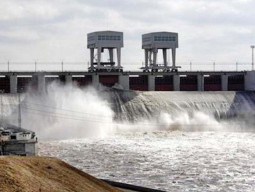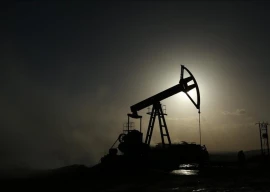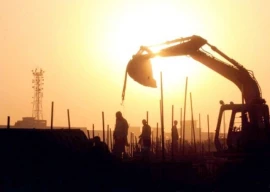
In this newspaper on June 25, 2010 I had written: “The economy of Pakistan has suffered enormously due to a lack of political consensus on critical economic issues… Economy, the bane of continuing malaise, must not be allowed to be the bone of contention between political competitors.” An initiative that should have been taken by the government has come from the PML-N as a ten-point agenda and been accepted by the government. Teams constituted for the purpose by both parties have begun deliberation. The process was not helped by the PML-N Quaid’s statement in Badin that his party would implement the ten-point agenda after coming into power. It created the impression that he did not expect the government to deliver. The finance minister’s indiscretion about the artificiality of the 45-day time frame was best avoided.
Of the ten points, four relate to the election commission, the accountability commission, the size of the cabinet and the implementation of the Supreme Court decisions. The remaining six fall in the economic and financial categories. One of these, the return of defaulted loans, is also a matter of creating an effective mechanism. Another point, formulation of an energy plan, has long-term implications. Half of the points have a bearing on the current state of the economy. These include: the withdrawal of the petroleum price rise, action on loss-making public enterprises, relief on items of common use and a 30 per cent reduction in current expenditure.
The withdrawal of the petroleum price rise has already taken place. We are thus left with three points of substantive economic nature, which are interrelated as well. The most important is the reduction in current expenditure. It is not clear whether it includes provincial current expenditure or not. Assuming it is federal only, the measure still has far reaching implications. A 30 per cent reduction, excluding transfer payments, will save Rs531 billion from the budget estimate of 2010-11. The end of losses in public enterprises and subsidies should add another Rs227 billion. In one go, the fiscal deficit budgeted at Rs 685 billion is wiped out and there is a surplus of Rs73 billion. However, when the axe is applied, one will find that over 70 per cent of the current expenditure is consumed by debt servicing, defence and pensions. It seems the PML-N did not have any economic advice available to know that its 30 per cent proposal would apply only to 30 per cent of the current budget. And we are not yet talking about the rising expenditure on internal security.
Mian Nawaz Sharif recently told a TV anchor that he had three priorities: reducing unemployment, extremism and lawlessness. Now, a general slashing of expenditure is likely to reduce employment. Reducing expenditure on defence and internal security may undermine efforts to control extremism and lawlessness. Similarly, cutting subsidies to state enterprises or privatisation will not only lead to lay-offs, but also hike prices. The federal government can only import or subsidise; all other actions to restrain prices lie with the provinces. General inflation, however, will come down if expenditure cuts reduce borrowing from the State Bank.
Expenditure reduction is important, but it cannot go far enough without effective taxation of incomes, consumption and property. Mr Ishaq Dar’s emphasis on expenditures, rather than taxes, stems from his misreading of the tax-to-GDP ratio when he was finance minister. With the change of the GDP base in 1999-2000, the ratios before and after are not comparable. This need not detract from his efforts to build an economic consensus. A comprehensive economic reform law may be necessary to sustain the consensus for at least a decade.
Published in The Express Tribune, January 21st, 2011.













































COMMENTS (3)
Comments are moderated and generally will be posted if they are on-topic and not abusive.
For more information, please see our Comments FAQ